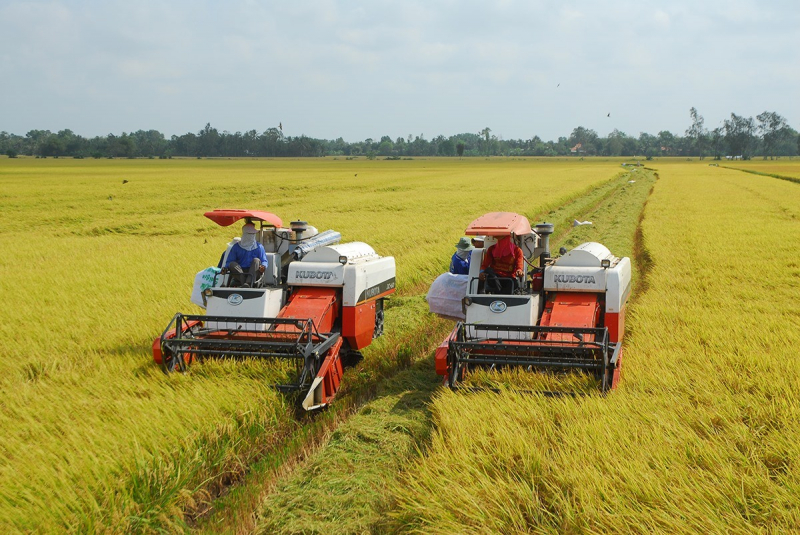Vietnam
Rice is a type of cereal that is found in almost every Vietnamese family meal. The long grain of Indian rice and the circular risotto are not the same as the Vietnamese rice. In addition, with endless paddy fields across the country from north to south, Vietnam is one of the world's top rice exporters. You will learn about Vietnamese rice production and utilization in this post.
Winter-spring, summer-autumn, and winter-spring-summer-autumn are the two main production seasons. During this period, the crops and output are at their peak. In 2016, the overall area for the winter-spring crop was 3 million hectares, while the summer-autumn crop was 2.8 million hectares. The amount produced in the first crop was 19 million tons, and the second crop was 15 million tons.
Despite the fact that there are hundreds of rice fields throughout Vietnam, the Mekong Delta deserves to be called the country's "rice bowl," with 4.3 million hectares generating 24.2 million tons in 2016. The harvest was grown on around 1 million hectares in the Red River Delta and 6.7 million tons of rice were produced in the Central of Vietnam.
A farmer's day typically begins as early as 5 a.m. to produce that amount of crop. Farmers work in the scorching sun all day, and the labor is much more difficult in areas where there is little access to technological advancement. In those locations, the majority of the production is done by hand.











